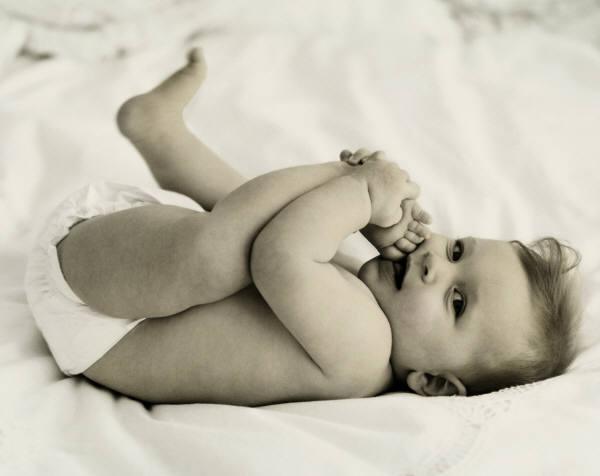After lunch, we headed out of the city to visit
the imperial tombs. First stop was the
Tomb of Khai Dinh. Emperor Khai Dinh was
the 12th emperor of the Nguyen Dynasty, ruling from 1916 –
1925. Dating from 1925, this is the best
preserved of the imperial tombs. While
comparatively compact, the tomb is pretty grand. While it follows the classic formula of
forecourts leading up to the tomb of the Emperor, complete with statues in
attendance, European influences were evident.
The obelisk, with minarets shaped like stupas on both sides of the courtyard, symbolizes dynastic stability and majesty.
The large steel panel in the pavilion bears Emperor Khai Dinh’s biography written by his son, Emperor Bao Dai
Stone sculptures of Mandarins, soldiers, elephants and horses in the courtyard, representating the royal entourage that accompanies and protects the Emperor in the after world.
Thien Dinh Palace with three halls is the most important building in the complex.
The middle hall is ornately decorated with inlaid ceramic and glass mosaics and contains relics of the Emperor, as well as a life size sculpture of the Emperor cast in France in 1920. The Emperor sits shaded by a concrete canopy decorated with incredibly detailed and opulent glass and ceramic mosaics.
The Tomb of Minh Mang was built from 1840-1843. Emperor Minh Mang was the 2nd emperor of the Nguyen Dynasty, ruling from 1820 – 1841. This 28-hectare tomb comprises several temples, pavillions and lakes, in addition to the courtyard with sculptures of the royal entourage.
Steel inscription of Emperor Minh Mang’s biography, written by his son, Emperor Thieu Tri
The mausoleum itself features large gardens and lakes, but according to our guide, no one knows exactly where his final resting place is amidst the vast area of the mausoleum.
Another interesting tomb in Hue is the Tomb of Tu Duc, which we visited the next day. The 4th emperor of the Nguyen Dynasty, Emperor Tu Duc ruled from 1848 – 1883. The tomb was constructed from 1864 – 1867, and served as the second Imperial City for Emperor Tu Duc as his vacation palace. The vast sprawling complex set around a lake also comprises tombs and temples dedicated to his wives and favoured courtesans.
Hoa Khiem Temple initially served as Emperor Tu Duc’s office during his stay at the tomb complex. After his death, it became a temple dedicated to worship him.
Inside the Hoa Khiem Temple complex, which used to be Emperor Tu Duc's living space
As usual, there are stone sculptures of Mandarins and soldiers
Stone steel pavilion and inscription – unlike most tombs, the biography at the Tomb of Tu Duc was an autobiography, instead of written by the emperor’s son.
The Emperor’s tomb itself, tucked away in the back, is surprisingly modest – the final courtyard is nearly empty with just a stone coffin in the middle.
























2 comments:
Wow, this is beautiful! I'd visit this imperial tomb anytime.
We were scammed (or we're lost on Chinese history and culture) when we visited the Ming tombs in Beijing :S
Kit - yeah man, the tombs are impressive, but felt like kinda wasteful with such vast spaces. I've been to Ming tombs too many years ago but I don't recall being "wow"ed by it as much as the Hue tombs.
Post a Comment